Riskex Reflections on a Friday #3: Safety Incentive Programmes
When designed and communicated effectively, a safety incentive programme can contribute to building a strong safety culture within an organisation. By rewarding and recognising employees who prioritise safety, it reinforces the importance of safety and encourages others to follow suit. Over time, this can lead to a workplace where safety is a core value and ingrained in daily operations.
Safety incentive programmes can take various forms depending on the organisation’s goals, resources, and the nature of the work environment. Here are some common components or strategies found in safety incentive programmes:
- Recognition and Rewards: Organisations can provide monetary rewards, gift cards, certificates, or other incentives to employees who demonstrate exemplary safety practices or contribute to safety improvements.
- Safety Training: Offering additional safety training sessions or workshops to employees can help enhance their knowledge and skills related to safety protocols and procedures.
- Performance Metrics: Establishing specific safety performance metrics or goals for individuals, teams, or departments can help track progress and provide benchmarks for improvement.
- Safety Committees: Creating safety committees with members representing all areas of the organisation can help identify safety concerns, propose solutions, and drive the implementation of safety initiatives.
- Safety Reporting and Feedback: Encouraging employees to report potential hazards, near-miss incidents, or safety suggestions fosters a culture of open communication and continuous improvement.
- Communication and Awareness: Regularly sharing safety-related information, such as newsletters, posters, or bulletin boards, can help keep safety at the forefront of employees’ minds and promote awareness.
While safety incentive programmes can be effective in improving safety outcomes, there are also considerations to ensure their success. Programmes should focus on positive reinforcement rather than punitive measures, ensure fairness and equal opportunities for all employees, and be continuously evaluated and adjusted to address emerging safety concerns. Additionally, organisations should prioritize a comprehensive approach to safety that includes training, risk assessments, and robust safety policies and procedures.













